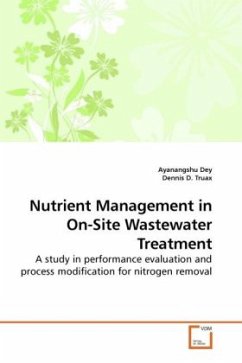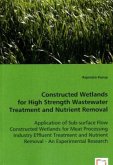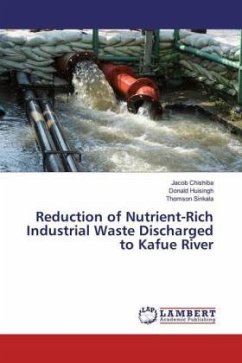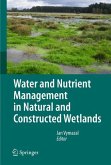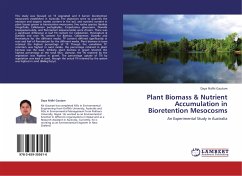Groundwater and surface water contamination has been linked in the past to inadequate or failing on-site wastewater treatment and disposal systems. The on-site wastewater systems installed in coastal areas have more potential for inflicting this kind of environmental damage. This work studied the regulatory compliance and environmental protection of the four types of on-site wastewater disposal systems found on the Mississippi Gulf Coast; i.e., vegetative rock filter, subsurface drip irrigation, sprinkler irrigation, sand mound, by statistical techniques. Compliance was also evaluated for groundwater samples collected from monitoring wells installed at four corners of a disposal field. This work eventually culminated in formulation of strategy for modifying the aerobic treatment prior to disposal to help reduce nitrogen loading on the discharging environment. Process simulations were performed to optimize conditions for biological nitrogen reduction in the treatment unit by efficient management of aeration system. Two separate proposals were developed. These were, running the aerator unit in a low operating dissolved oxygen concentration or in an intermittent aeration mode.
Bitte wählen Sie Ihr Anliegen aus.
Rechnungen
Retourenschein anfordern
Bestellstatus
Storno

